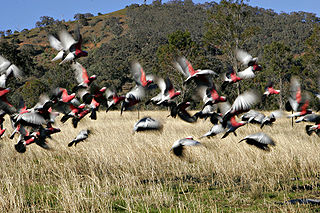
Australia and its offshore islands and territories have 898 recorded bird species as of 2014. Of the recorded birds, 165 are considered vagrant or accidental visitors, of the remainder over 45% are classified as Australian endemics: found nowhere else on earth. It has been suggested that up to 10% of Australian bird species may go extinct by the year 2100 as a result of climate change.

The malleefowl is a stocky ground-dwelling Australian bird about the size of a domestic chicken. It is notable for the large nesting mounds constructed by the males and lack of parental care after the chicks hatch. It is the only living representative of the genus Leipoa, though the extinct giant malleefowl was a close relative.

Moorabbin is a suburb in Melbourne, Victoria, Australia, 15 km south-east of Melbourne's Central Business District, located within the City of Kingston local government area. Moorabbin recorded a population of 6,287 at the 2021 census.
Planet Ark Environmental Foundation is an Australian non-profit environmental organization founded in 1992. Planet Ark aims to partner with organizations in the public and private sectors to help find ways to reduce impact on planet Earth. The focus areas are the environmental impacts of human consumption in the home, the workplace, and the community. Planet Ark's campaigns include 'Cartridges 4 Planet Ark', Australia's 'National Recycling Week', and the country's biggest annual community tree planting event, National Tree Day. The organization operates from its office in Sydney.

The Royal Australasian Ornithologists Union (RAOU), now part of BirdLife Australia, was Australia's largest non-government, non-profit, bird conservation organisation. It was founded in 1901 to promote the study and conservation of the native bird species of Australia and adjacent regions, making it Australia's oldest national birding association. In 1996, the organisation adopted the trading name of Birds Australia for most public purposes, while retaining its original name for legal purposes and as the publisher of its journal, the Emu. In 2012, the RAOU merged with Bird Observation & Conservation Australia to form BirdLife Australia.
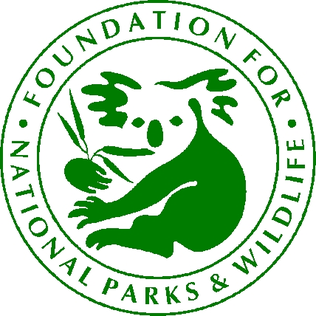
The Foundation for National Parks & Wildlife is an Australian not-for-profit, non-governmental organisation that was incorporated on 29 June 1970. Its purpose is to foster the protection of Australia's native plants, animals and cultural heritage through fundraising for environmental education and conservation projects. Since 1970 the organisation has raised more A$ 45 million for environmental conservation. The foundation was founded as a New South Wales–focused organisation, however in 2000 the foundation's members voted to amend its constitution so that the organisation could expand the scope of its work Australia-wide.
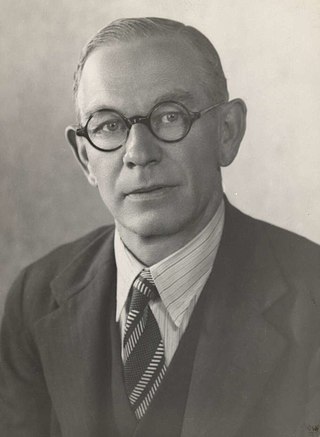
Neville William Cayley (1886–1950) was an Australian writer, artist and ornithologist. He produced Australia's first comprehensive bird field guide What Bird is That?. In 1960 it was rated the all-time best seller in Australian natural history and remains a classic birding reference to this day.

The Eureka Prizes are awarded annually by the Australian Museum, Sydney, to recognise individuals and organisations who have contributed to science and the understanding of science in Australia. They were founded in 1990 following a suggestion by science journalist Robyn Williams.
Harold James Frith was an Australian administrator and ornithologist. He was born at Kyogle, New South Wales and studied Agricultural Science at Sydney University. Harry Frith first joined the CSIRO Division of Plant Industry but later transferred to the Division of Wildlife and carried out extensive research on malleefowl, waterfowl, especially magpie geese, and pigeons. He eventually became Chief of the Division and was instrumental in proposals that led to the establishment of Kakadu National Park.
Toolangi is a locality in Victoria, Australia. At the 2021 census, Toolangi had a population of 366. It is situated on the edge of the Toolangi State Forest.
CSIRO Publishing is an Australian-based science and technology publisher. It publishes books, journals and magazines across a range of scientific disciplines, including agriculture, chemistry, plant and animal sciences, natural history and environmental management. It also produces interactive learning modules for primary school students and provides writing workshops for researchers.

The grey falcon is a medium-sized falcon native to Australia, possibly the rarest. It is uncommon throughout its range and is currently classified as Vulnerable.

The Geelong Field Naturalists Club (GFNC) is an Australian regional amateur scientific natural history and conservation society which was originally founded in the 1890s and re-established in 1961 in its present form. It is based in Geelong, Victoria, with the aims of preserving and protecting native flora and fauna, promoting the conservation of natural resources and the protection of endangered species and habitats, and recording information and knowledge about the flora and fauna of the Geelong region.
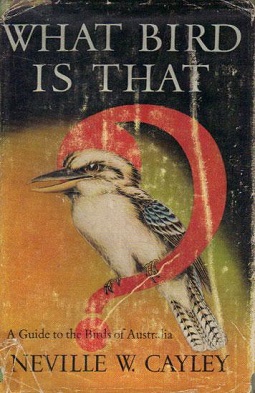
What Bird Is That? A Guide to the Birds of Australia is a book first published in 1931 by Angus & Robertson in Sydney. Authored and illustrated by Neville William Cayley, it was Australia's first fully illustrated national field guide to birds, a function it served alone for nearly 40 years. In 1960 it was rated the all-time best seller in Australian natural history.

BirdLife Australia is a not-for-profit organisation advocating for native birds and the conservation of their habitats across Australia.

Distinguished Professor David Lindenmayer,, is an Australian scientist and academic. His research focuses on the adoption of nature conservation practices in agricultural production areas, developing ways to improve integration of native forest harvesting and biodiversity conservation, new approaches to enhance biodiversity conservation in plantations, and improved fire management practices in Australia. He specialises in large-scale, long-term research monitoring programs in south-eastern Australia, primarily in forests, reserves, national parks, plantations, and on farm land.
The Queen's Birthday Honours 2009 were appointments Australian honours system to recognise and reward good works by citizens of Australia and other nations that contribute to Australia. The Birthday Honours are awarded as part of the Queen's Official Birthday celebrations and were announced on 8 June 2009 in Australia.

Environment and Ecology Bureau is a policy bureau of the Government of Hong Kong. The agency was established on 1 July 2022. The current Secretary for Environment and Ecology is Tse Chin-wan.
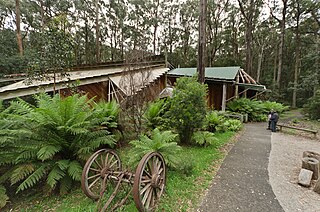
The Toolangi Forest Discovery Centre (TFDC) is a forest education hub in Toolangi, Victoria, Australia. It was opened by the Victorian Minister for Natural Resources, Geoff Coleman, and the Federal Minister for Resources, David Beddall, to a large crowd of dignitaries on 14 February 1994, but its origins can be traced back many decades earlier.














